Clematis, with its stunning blooms and climbing nature, has rightfully earned its place among the most beloved garden plants. Known for their rich variety and colors, clematis vines are excellent for adding vertical interest to gardens and landscapes. However, many gardeners ponder a critical question: should clematis be cut back in the fall?
Understanding the best practices regarding pruning and maintenance can significantly influence the health and beauty of your clematis over the years.
Understanding Clematis Varieties

Before diving into the specifics of pruning, it’s essential first to explore the different types of clematis. Each of these varieties has unique requirements when it comes to cutting back.
Large-Flowered Hybrid Clematis (Group 2): This category includes popular hybrids and thrives in good sunlight. They generally bloom in late spring to early summer and may produce a second round of flowers later in the summer. For these, a light pruning after the first bloom encourages better development.
Early-Flowering Clematis (Group 1): This group features species that bloom in early spring. They typically don’t require heavy pruning, as much of their growth occurs in previous years. Minimal cutting back in late fall may suffice.
Late-Flowering Clematis (Group 3): These clematis vines bloom in late summer or early fall. Pruning them back hard in late winter or early spring promotes new growth and abundant blooms.
It’s crucial to identify which group your clematis fell into to understand whether fall pruning is advisable.
Benefits of Cutting Back Clematis
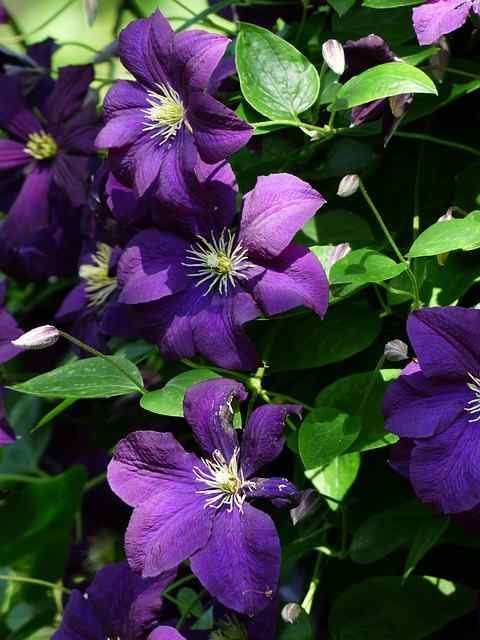
Pruning clematis offers several benefits, regardless of the season of choice. Here are just a few reasons to consider:
Encouragement of New Growth: Regular pruning encourages vigorous new growth, which results in more blooms. Cutting back old or dead stems prevents diseases and promotes strong, healthy vines.
Larger Flowers: When you cut back dead or weaker stems, the energy is redirected to the healthier growth, leading to larger and more abundant flowers.
A Cleaner Aesthetic: Fall or winter pruning clears away that old, unattractive foliage, making your garden tidier and preparing it for fresh growth in the spring.
Disease Prevention: Old wood can harbor pests and disease. Pruning ensures that your clematis remains disease-free and vigorous.
The Case Against Fall Pruning
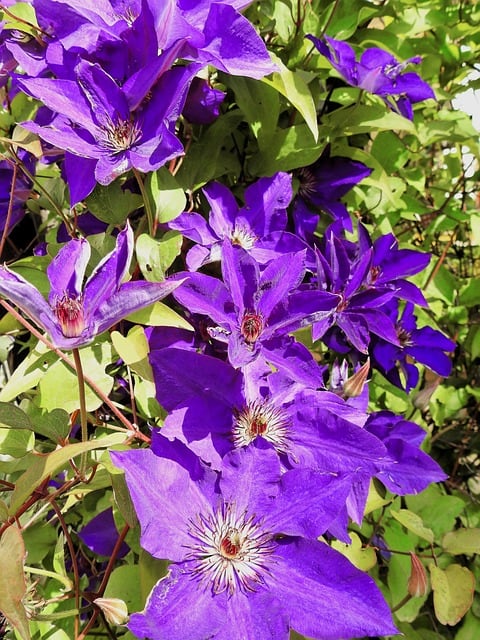
Despite the many benefits, there are compelling arguments against pruning in the fall:
Winter Protection: Some gardeners believe that leaving the clematis unpruned provides a natural barrier against harsh frost and cold snaps. The foliage can act as insulation for the plant, protecting it from the elements.
Evaluation of Growth: Fall is often a time to assess how the clematis has grown throughout the season. Without pruning, you can identify areas that may have underperformed and could be removed in a strategic manner come spring.
Encouragement of Wildlife: The woody stems and dried foliage can be inviting to beneficial insects and birds. Leaving the plant untouched provides habitats and nesting materials that can enrich your garden ecosystem.
Timing is Everything: The Perfect Moment for Pruning

The best time to prune clematis largely depends on the specific type you have. However, here are a few considerations when determining the timing of pruning:
Spring Post-Bloom: For Group 1 climbers, the best time to prune is right after their blooms fade. Waiting until the flowers have dropped ensures that you don’t inadvertently cut off potential blooms for the coming year.
Late Winter for Group 3: For those clematis in Group 3, strategy is key. The ideal time to prune is late winter to early spring. This timing allows you to avoid cutting back before the flowering season begins.
Weather Considerations: Always keep an eye on your local weather patterns. Avoid heavy pruning just before extreme cold, as the exposed stems may be vulnerable to frost.
How to Prune Clematis Effectively
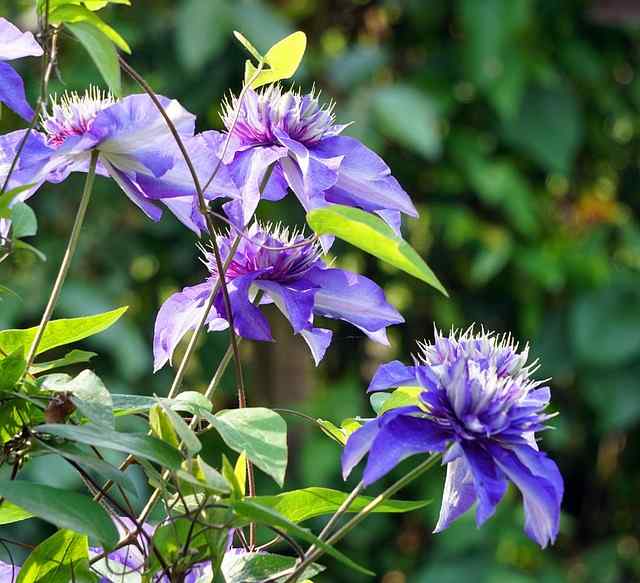
When ready to prune your clematis, it’s essential to carry out the task with care. Here’s a detailed step-by-step guide to ensure effective pruning:
1. Gather Your Tools
Before you begin, make sure you have sharp pruning shears, gloves, and possibly a saw for thicker stems. Clean tools are necessary to prevent disease transmission.
2. Remove Dead and Damaged Growth
Start by removing any dead, diseased, or damaged stems. This not only improves the plant’s appearance but also promotes overall health.
3. Assess Surrounding Plants
Take care not to prune away too much from surrounding plants or leave your clematis too exposed. It’s about balance.
4. Determine Cut Points
Depending on the clematis type, prune back to healthy growth. Group 1 typically requires little more than a light trim, while Group 3 can be cut back near ground level to encourage fresh growth.
5. Clean Up
Ensure you discard the cuttings properly. Don’t leave them near the plant, as they can attract pests or spread disease.
Special Considerations for Different Varieties
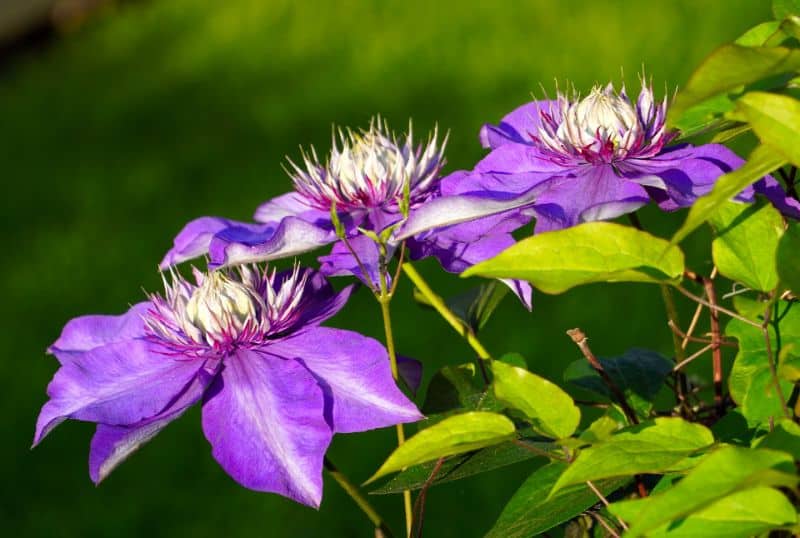
Understanding the nuances of each clematis type will ensure you prune effectively according to their needs:
For Group 1
When pruning early-flowering clematis, focus on light trimming. Remove any tangles or stems that detract from the overall structure. Think of this step more as grooming than serious pruning.
For Group 2
Post-bloom care is crucial. Once the flowers have faded, cut back to a set of strong buds and remove any thin or weak shoots. This practice encourages flowering the following season.
For Group 3
Feel free to get a bit more aggressive. Cut back to 12-15 inches from the ground, as this group flowers on new wood. A good pruning in late winter will invigorate the plant and lead to strong growth.
Fall Maintenance Beyond Pruning
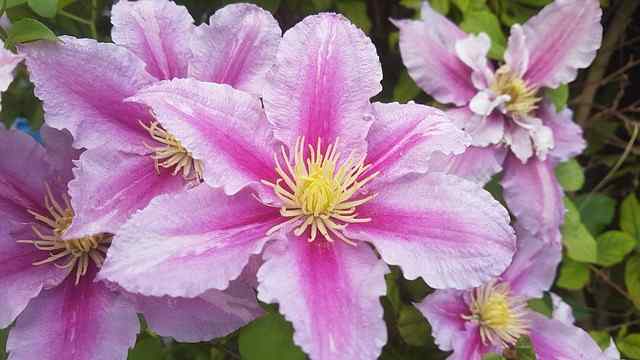
Apart from the question of whether to cut back your clematis in the fall, other maintenance tasks are equally important:
1. Fertilization
As summer transitions into fall, consider applying a balanced fertilizer. This nourishes the roots and supports healthy growth into winter.
2. Mulching
A layer of mulch around the base will help insulate the roots and prevent freezing. Additionally, it keeps moisture levels adequate and suppresses weeds.
3. Watering
Ensure your clematis gets enough water leading up to winter. A well-hydrated plant can withstand colder temperatures better than one that is overly thirsty.
Observing and Learning Year by Year
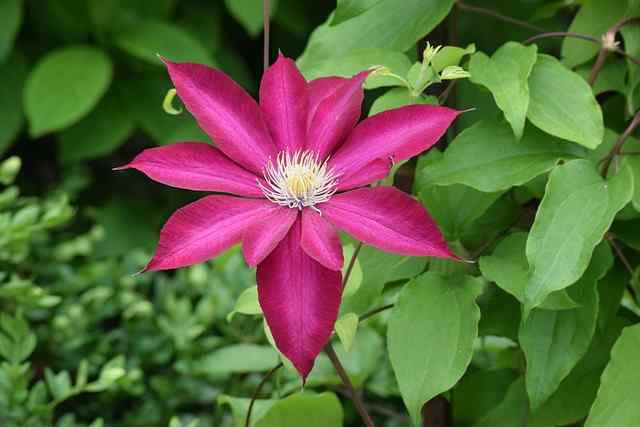
Gardening is a journey, not a destination. Each season brings lessons, and your clematis will respond differently year to year based on weather, care, and overall health. Take time to observe how your plant behaves and adjust your care practices accordingly.
Keeping a Gardening Journal
Consider maintaining a gardening journal where you can jot down what worked, what didn’t, and any changes you notice in your clematis. Having a clear record can make implementing changes easier as you move forward.
Engaging with the Gardener Community
Participating in local gardening clubs, forums, or online communities can significantly expand your knowledge. Sharing experiences with others can lead to valuable insights and renewed enthusiasm.
Conclusion: A Personal Approach to Pruning Clematis
Ultimately, whether to cut back your clematis in the fall boils down to a mix of personal preference and understanding the specific needs of your plants. While some gardeners prefer to wait until spring, others find that fall offers the best opportunity to prepare for another thriving year of growth.





